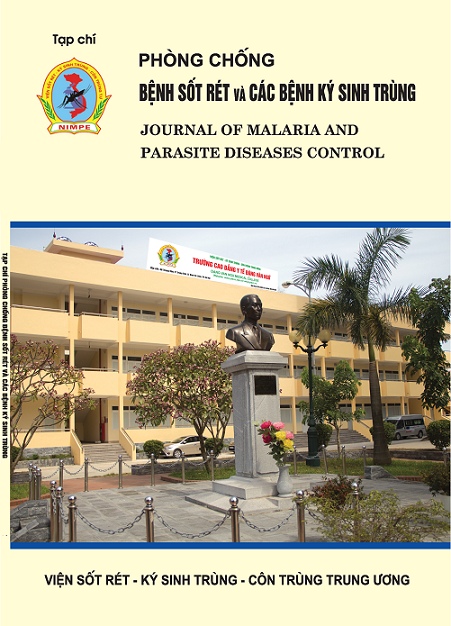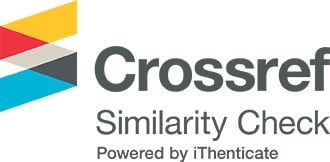ĐÁNH GIÁ THỰC TRẠNG CHẨN ĐOÁN KÝ SINH TRÙNG SỐT RÉT BẰNG KÍNH HIỂN VI TẠI VÙNG SỐT RÉT LƯU HÀNH
DOI:
https://doi.org/10.59253/tcpcsr.v131i5.177Từ khóa:
kính hiển vi; xét nghiệm sốt rét.Tóm tắt
Xét nghiệm lam máu tìm ký sinh trùng sốt rét bằng kính hiển vi vẫn được Tổ chức
Y tế thế giới coi là chuẩn vàng. Thường xuyên đánh giá, kiểm tra giám sát hoạt động
của điểm kính hiển vi nhằm tăng cường hiệu quả hoạt động của điểm kính là cần thiết.
Nghiên cứu cắt ngang được thực hiện từ tháng 8 đến tháng 12 năm 2022. Tổng cộng có
56 điểm soi y tế xã/huyện tại 3 tỉnh được mời tham gia nghiên cứu. Dữ liệu được thu
thập được phân tích đánh giá. Xác định tỷ lệ dương tính đúng và âm tính đúng các lam
máu và độ chính xác đã được tính toán để đánh giá hiệu suất trong việc phát hiện và
xác định các loài ký sinh trùng sốt rét. Trong số 55 ĐKHV được đánh giá tỷ lệ phát hiện
ký sinh trùng sốt rét là 79,2%. Tỷ lệ xác định đúng P. falciparum là 55,8%. Tỷ lệ xác
định đúng P. vivax cao nhất đạt 90,0%. Các lam máu phối hợp phát hiện đủ cả 2 loài
P. falciparum và P. vivax tỷ lệ thấp (20,0%).
Cần tăng cường chất lượng hoạt động của điểm kính hiển vi thông qua các khóa
đào tạo cũng như tăng cường hoạt động giám sát. Cung cấp đủ vật tư hóa chất phục vụ
cho hoạt động của điểm kính hiển vi.
Tài liệu tham khảo
Microscopic blood smear parasitemia is still considered the gold standard malaria
![]()
diagnostic by the World Health Organization. It is necessary to regularly evaluate,
![]()
check and monitor the operation of malaria microscope diagnostic sites in order to
![]()
enhance their performance. A cross-sectional study was conducted from August to
![]()
December 2022. A total of 56 commune/district health screening sites in 3 provinces
![]()
were invited to participate in the study. Collected data were analyzed and evaluated.
![]()
True positive and negative percentages of blood smears were determined and accuracy
![]()
was calculated to evaluate performance in detecting and identifying malaria parasite
![]()
species. Among the 56 microscopy that were evaluated, the detection rate of malaria
![]()
parasite was 79.2%. The rate of correct identification of P. falciparum was 55.8%. The
![]()
highest rate of correct identification of P. vivax was 90.0%. The combined blood smears
![]()
detected both P. falciparum and P. vivax species at a low rate (20.0%). It is necessary
![]()
to improve the performance of malaria microscope diagnostic sites through training
![]()
courses as well as strengthening the monitoring activities and the well provision of
![]()
chemical supplies for the operation of the microscope sites.
![]()








